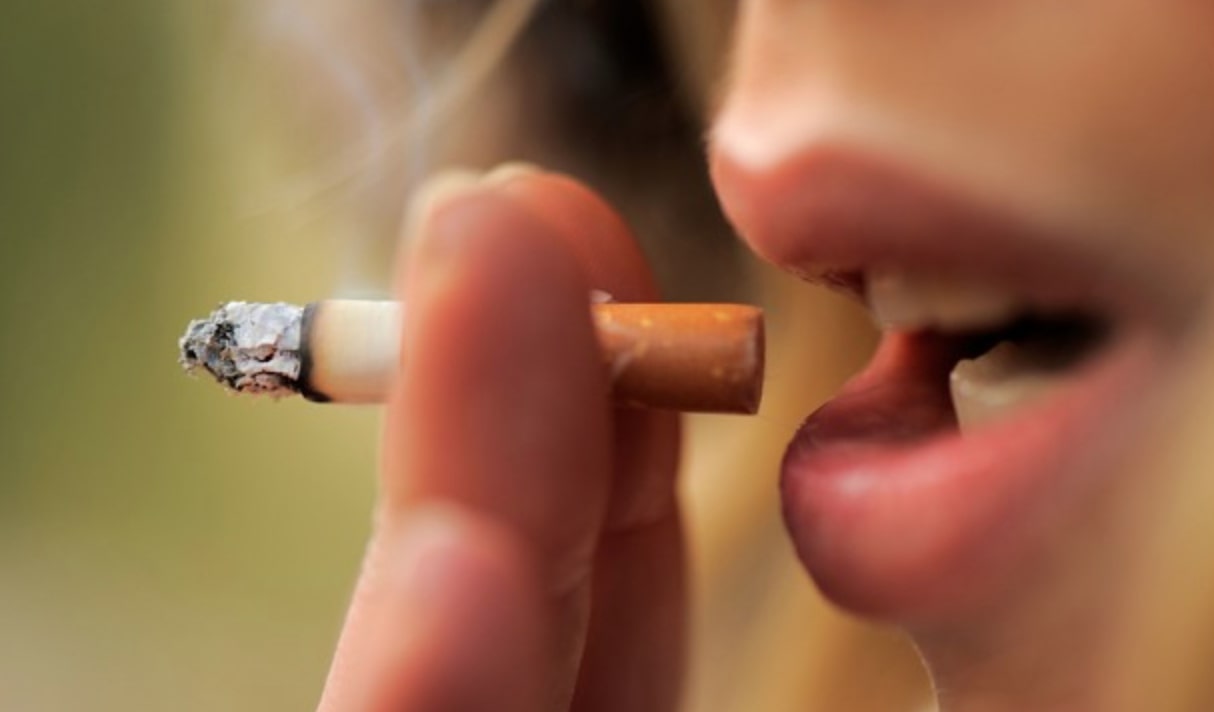
Smoking, along with arterial hypertension and obesity, is considered the leading cause of death in the world. Most people are aware that smoking is harmful to health, yet many people are unaware of the damage smoking can do to the mouth.
According to who in 2014
The press and everyday have been told a lot about the negative effects of using tobacco, such as lung cancer, heart and respiratory conditions, while tobacco use also has effects on the mouth and teeth.
All tobacco uses have a negative effect on oral tissue. Tobacco contains more than 4,000 harmful chemicals and gases in cigarettes, cigars and pipes, and 50 of them are carcinogenic (cancer can be called).
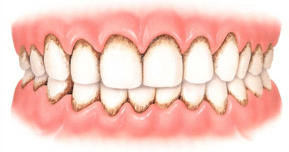
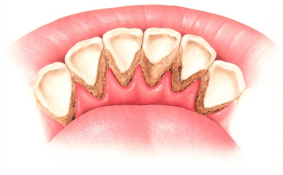
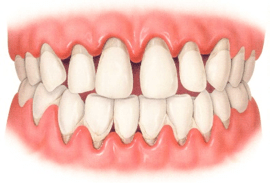
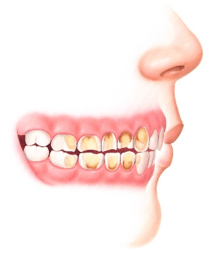
One of today’s now current treatments is replacing teeth with dental implants. So it’s already become everyday among patients and dentists alike. It is a successful long-term treatment plan for people to replace missing teeth, but this treatment may be inaccessible to people smoking. Everything depends on both the frequency and quantity of smoking, oral hygiene and the patient’s own motivation to restore a healthy smile. One of the key conditions for inserting a dental implant (screw) is successful oseointegration (bone ingrowth). For people who smoke, the failure of oseointegration is seen as much higher than for people who don’t smoke. As well as the risk of loss of the implant, poor oral hygiene and periimplitis (inflammation around the implant) are associated. Insertion of implants is possible for smokers, but all risks for both the physician and patient should be aware.
One of the main reasons why performing implants or other manipulations is difficult or impossible is reduced blood supply. People who smoke have narrowed blood vessels, which can interfere with normal wound healing, one of the most important parameters of inserting a dental implant.
Studies show that patients who smoke have an implant success rate between 6.5% and 20% lower. The question over implant insertion may already be if a patient smokes 14 cigarettes a day.
Press articles have said it is a successful way to replace smoking tobacco. Is that really the case?
It’s Swedish chewing tobacco, which is in the form of moist powder to be placed under your upper lip. It is banned in the European Union but allowed in Sweden. Nevertheless, in Latvia, many athletes and young people choose precisely this type of tobacco, explaining that the use of this tobacco does not result in unpleasant smoke and is much more convenient to use. Snus also contains all harmful substances like a cigarette, including nicotine. Despite the fact that snus is not the most popular and permitted tobacco use in Latvia, many concerns have already been expressed regarding this product. The use of snus involves contact with the mucous membrane of the oral cavity. As a result, almost 100% of cases develop changes in the mucus of the mouth, but for the most part they are not tumour-like. The mucous membrane remains thicker and white formations – leukoclasia.
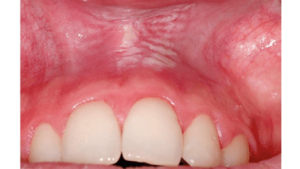

As well as developing gum conditions, gum retreat, discolouration of teeth, smell from the mouth, altered sense of taste.
There are currently no studies that prove the link of snus to oral cancer, but some studies show a link to the development of oral cancer in the exact places where snus is placed.
Thus, in response to the question, snus is not a healthy alternative to smoking.
As mentioned above, denture and tooth damage are more common in smokers, which requires these people to visit a dentist and dental hygienist more often than once a year.
On his visits, the dentist will look at not only the health of his teeth, but the condition of his entire mouth – his cheeks, tongue, lips. In turn, a dental hygienist will be able to successfully find a suitable and effective way to care for the oral cavity for every person.
If it is, however, that tobacco use is an integral part of life, then it would be good to follow a couple of recommendations that will reduce the effects of tobacco on the oral cavity even slightly:
References.
Kasat V, Ladda R. Smoking and dental implants. J Int Soc Prev Community Dent. 2012;2(2):38–41. doi:10.4103/2231-0762.109358
Lee PN. Epidemiological evidence relating snus to health–an updated review based on recent publications. Harm Reduct J. 2013;10:36. Published 2013 Dec 6. doi:10.1186/1477-7517-10-36
Daly B., Watt R., Batchelor P., Treasure E. Essential Dental Public Health. Oxford University Press 2002, 135-181.